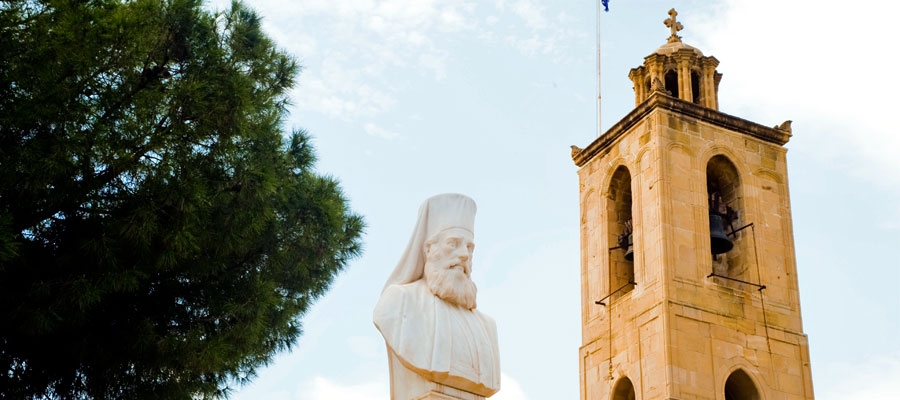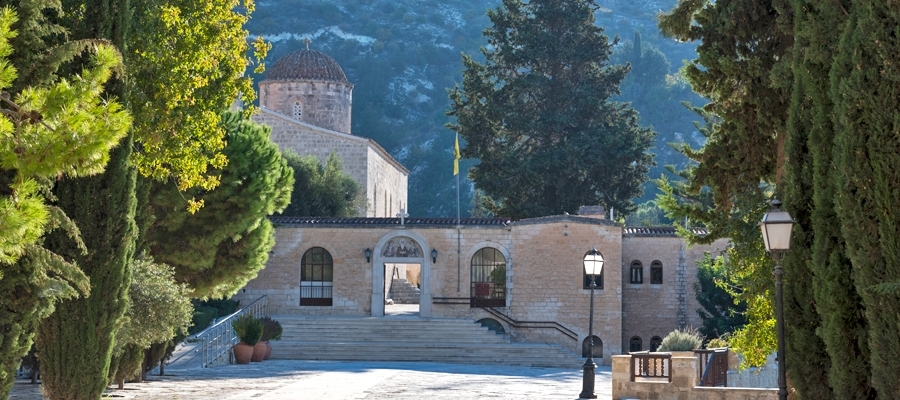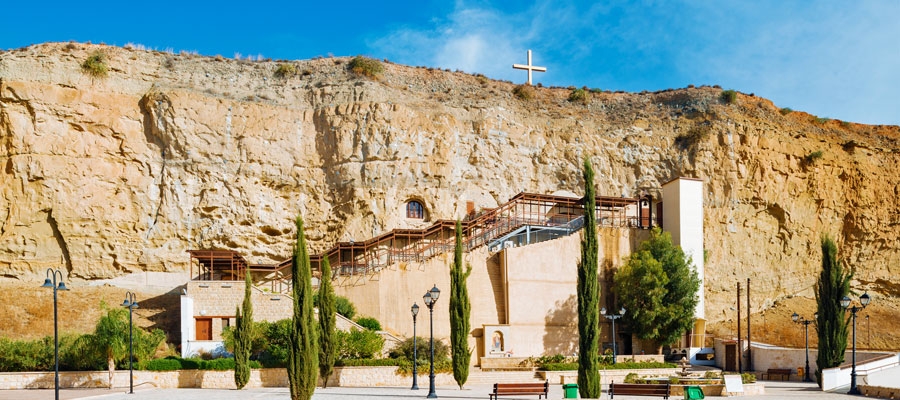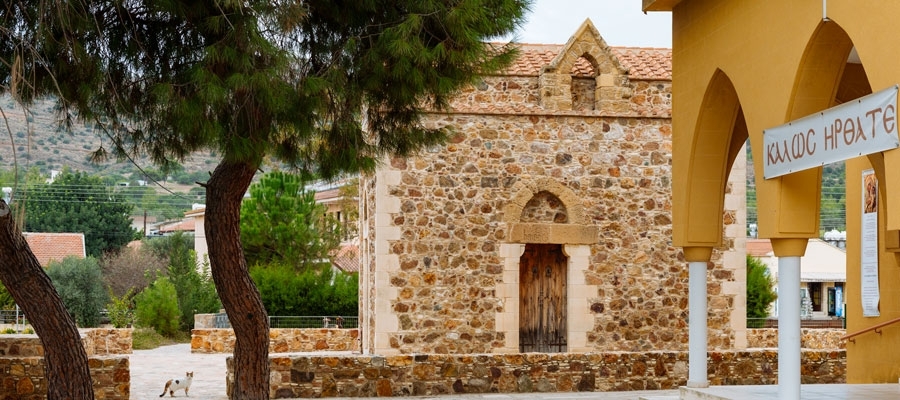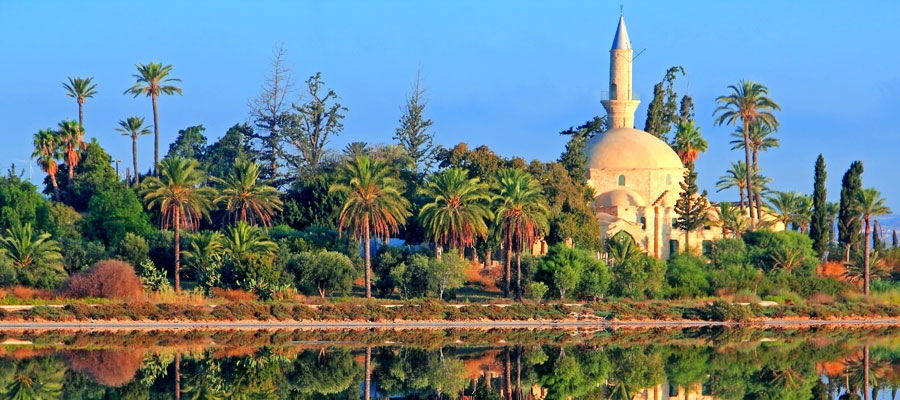The local route of the Old City is a tour to the churches of Lefkosia (Nicosia). This stroll can be made on foot since the streets are narrow and very picturesque, making them ideal for walking.
The Cathedral of Agios Ioannis tou Theologou, located next to the Archbishop Palace and opposite the Pancyprian Gymnasium, has a very rich collection of frescoes of the 18th and 19th centuries. The next stop is the Byzantine Museum of the ‘Archbishop Makarios III’ Foundation, located precisely next to the Cathedral. Amongst its wonderful exhibits also lie parts of the mosaic of the church of Kanakaria, which date back to the 6th century AD.
The church of Panagia tis Chrysaliniotissas is the most significant Byzantine church in Lefkosia, whilst the church of Αgios Kassianos – located very near to Panagia Tis Chrysaliniotissas – is a church of the 18th century. The church of Panagia tis Faneromenis was built in 1792, and is unique in its grandeur. The church of Τimios Stavros tou Missirikou dates back to the years of Venetian rule, while it was converted into a mosque under Turkish rule.
The church of Agios Antonios dates back to the 18th century and has a particularly significant wood-carved iconostasis and a carved stone bell tower. The last stop of this route is at the church of Αrchangelos Michael tou Tripioti, renowned for its beauty; in its interior lies an icon of the 15th century which is influenced by Italian painting.
Total route length: 2 km.

